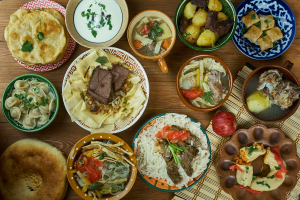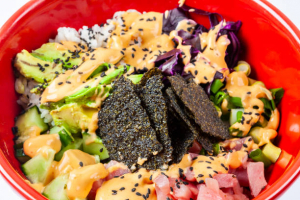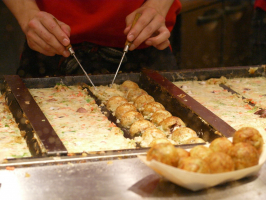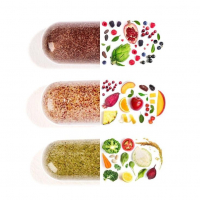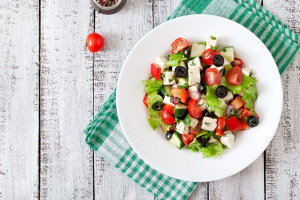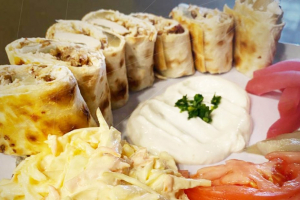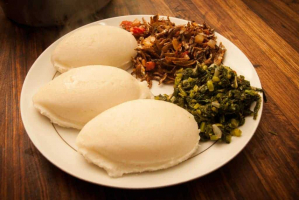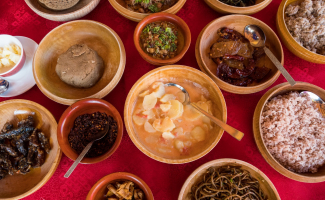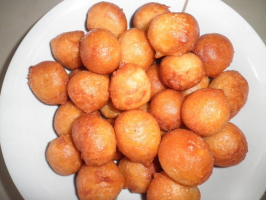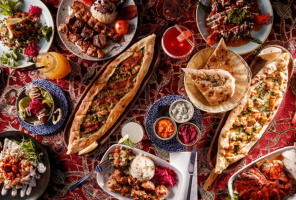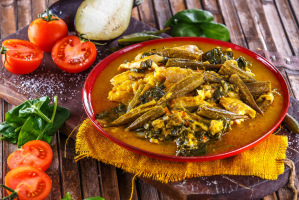Top 10 Best Belgian Foods
Food is a big deal in Belgium, but the country is only now beginning to be recognized as a gastronomic destination. If you're planning a trip to Belgium and ... read more...want to get a taste of the local cuisine, Toplist hopes our list of the Top 10 greatest Belgian cuisines will point you in the right direction.
-
There aren't many dishes in the world that have achieved the level of popularity that pommes frites have. This simple dish, which originated in Belgium, is made of potatoes cut into lengthwise strips and deep-fried in hot oil. Although there is some debate about the exact origins of pommes frites between France and Belgium, the fact remains that no nation in the world celebrates and enjoys this dish more than the Belgians.
They eat it every day, as a side dish or as a snack, and pommes frites shops, known as frietkots or fritures, can be found all over the country. Belgian-style pommes frites are prepared fresh, cut into thicker strips, and fried on-the-spot.
They are traditionally served in paper cones with a generous helping of mayonnaise. Today, a slightly different and more common version of pommes frites is served in fast-food restaurants all over the world: the strips are thinner than the traditional kind, and ketchup is the typical accompanying condiment.
Regardless of the condiments used or how they are served, these tasty fries have long been established as a favorite snack around the world.
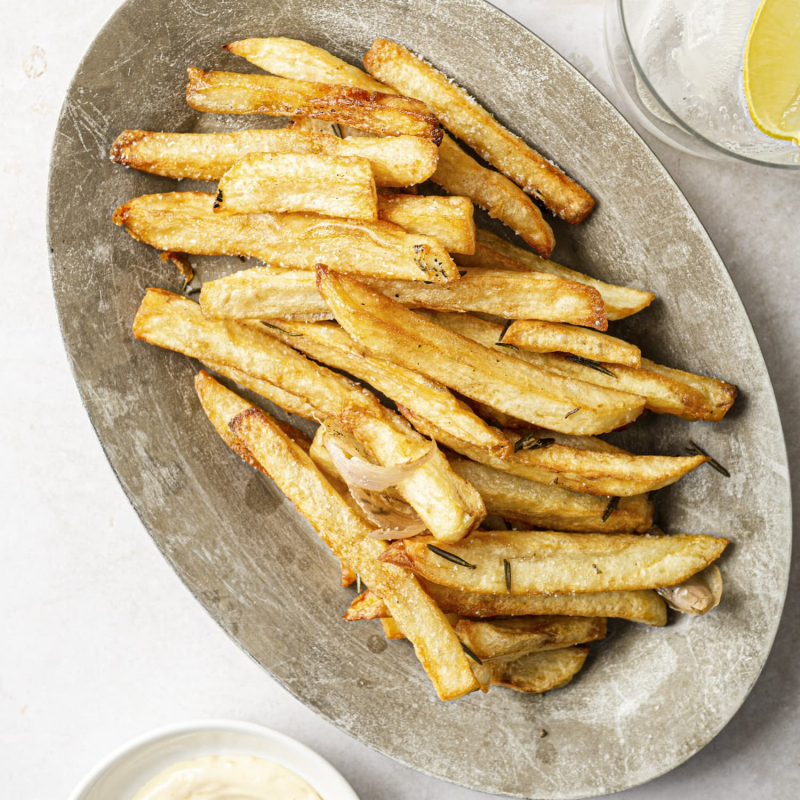
Photo: The Kitchn 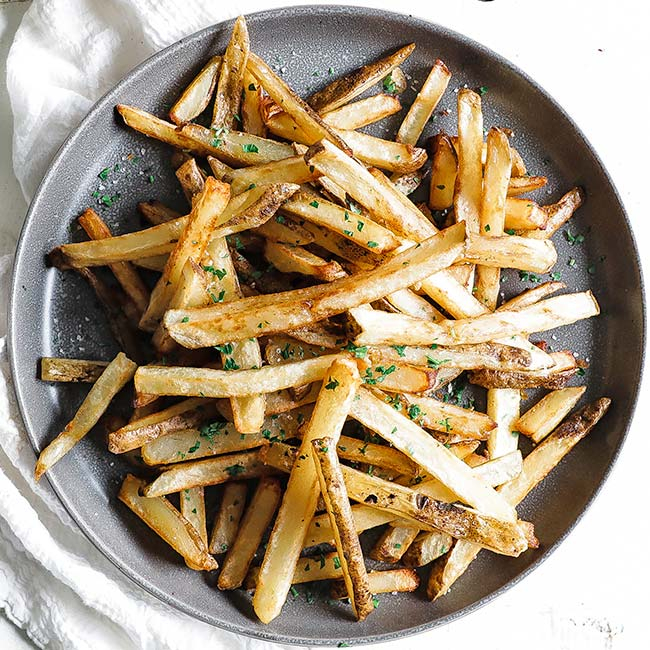
Photo: Chef Billy Parisi -
The most famous Belgian culinary trademark is delicious and fragrant waffles. The cakes, which are made with thick dough or thin batter, are baked in a specially designed waffle iron, which results in an unusual checkered pattern on the top and bottom of each cake.
This national dessert comes in two varieties in Belgium: the light Brussels waffle and the denser Liege waffle. The key difference is in the batter: the Brussels waffle batter is thin and runny, whereas the Liege waffle batter is thick and dense, resulting in a cake with uneven edges and a dense texture.
This distinction, however, is only recognized in Belgium; elsewhere in the world, this popular dessert is simply known as a Belgian waffle. Despite the fact that waffles have been present in Belgian cuisine since the Middle Ages and were originally made with a mixture of barley and oats, they were made famous at the 1964 World's Fair in New York.
The innovator of the modern waffle version, Maurice Vermersch, decided to offer the waffles to American citizens, which proved to be a big hit. Waffles have since become a popular breakfast item in traditional American diners. Waffles, on the other hand, are considered street food in Belgium, where they are almost always eaten by hand and on the go. They are typically served plain or with powdered sugar.
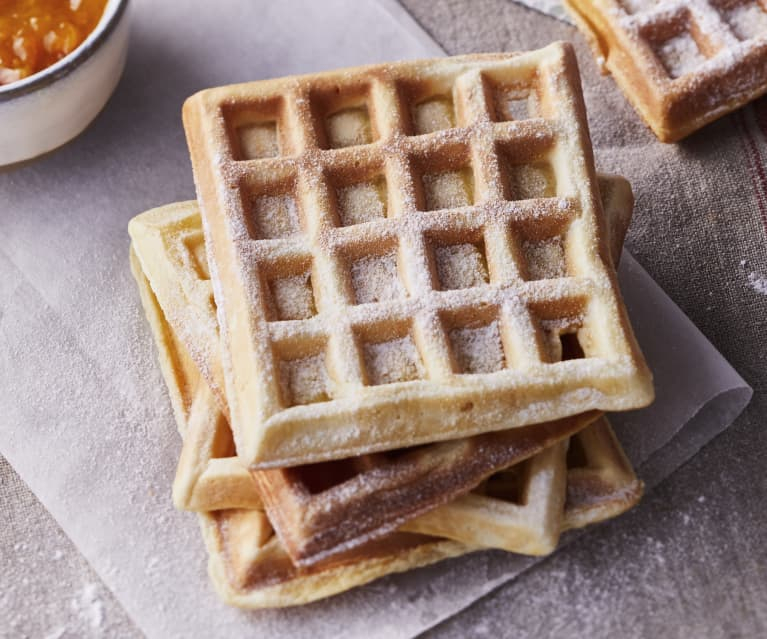
Photo: cookidoo.com.cn Video: JustInCooking -
Moules-frites is a traditional comfort food dish that consists of mussels with Belgian fries on the side. The dish is popular in Belgium, the Netherlands, and northern France. Mayonnaise is the preferred condiment to accompany the dish, adding a richness note.
Mussels are a Belgian staple; cheap and plentiful, they were once considered a poor man's meal, and have long been paired with fried potatoes at the country's famous friteries (fry shops). It is thought that the dish originated in Belgium because Belgians were the first to pair the mussels with fries, which were popular throughout the country during the winter months when no fish was available.
Today, the dish can be found in most restaurants, where it is frequently shared by groups of customers.
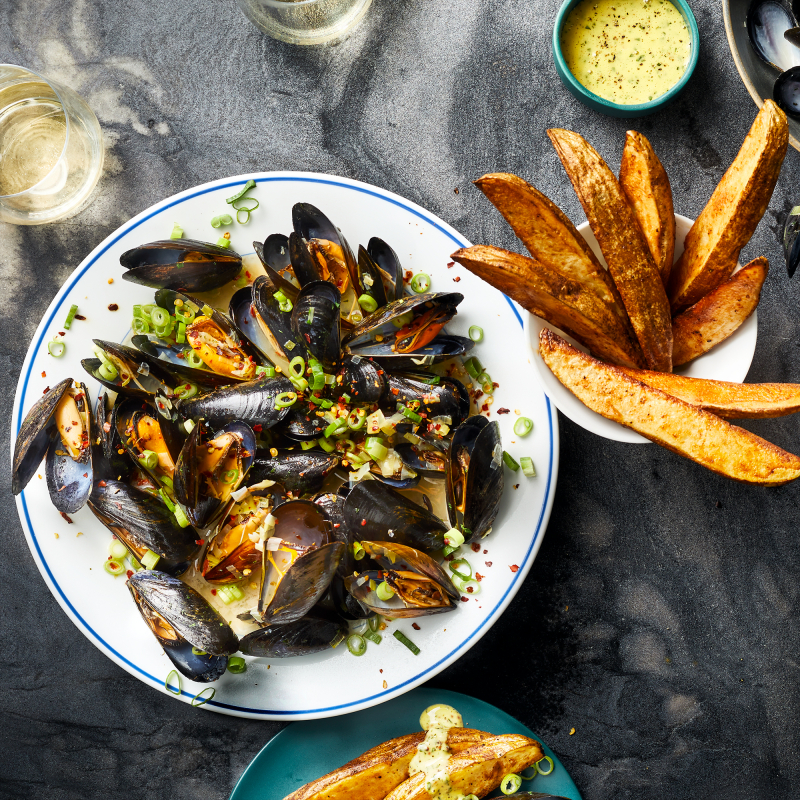
Photo: EatingWell 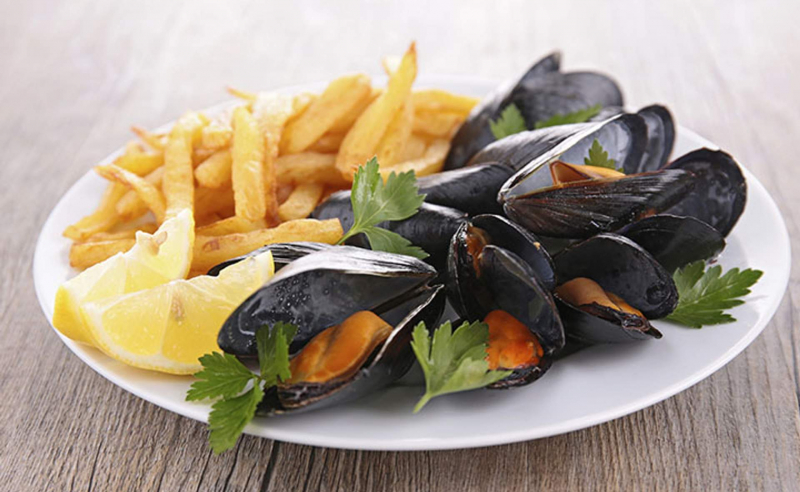
Photo: Pinterest -
Carbonnade is an old-fashioned Belgian stew made with beef and dark beer. It's also known as carbonade flamande or stoverij, and it's made with simple ingredients but yields a rich and hearty dish. Although beef is the main ingredient in carbonnade, the traditional Belgian dark beer is essential to the dish.
It adds sour and earthy flavors to the dish that complement the sweet onions and tender beef perfectly. Thyme, garlic, and bay leaves are added for flavor, and mustard bread slices are sometimes added to thicken the sauce.
In Ghent, the dish frequently includes kidneys and liver. On the side, carbonnade is typically served with mashed potatoes, traditional Belgian fries, bread, or vegetables. It is suggested that the dish be paired with a glass of full-bodied Belgian beer.
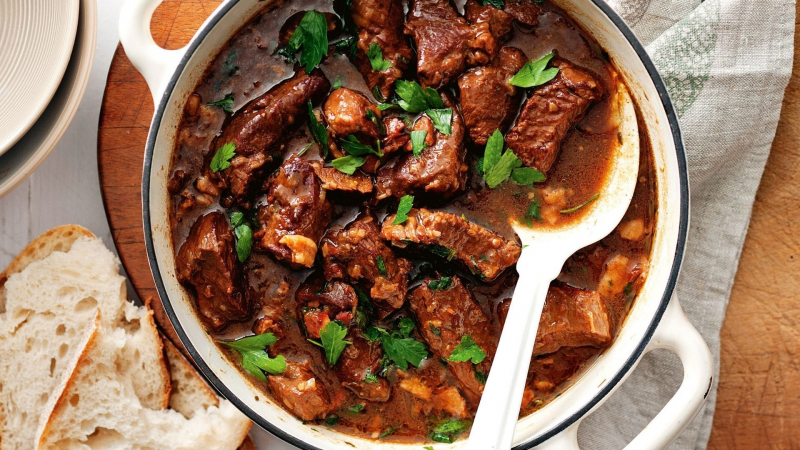
Photo: Taste Video: Adam Liaw -
Liège waffles are one of Belgium's two most popular waffle varieties. These chewy, unevenly shaped treats are made with a thick, brioche-like dough sweetened with pearl sugar and baked in a specially designed waffle pan. The pearl sugar melts during the baking process, imparting a distinct caramel flavor to the waffles.
A one-of-a-kind mesh of soft interior and crispy exterior made even more irresistible by caramelized sugar grains. Its fluffy texture contrasts beautifully with its crackling exterior, which is characteristically thick. It's a must-see in Liège, along with the boulets.
Although the origins of Liège waffles are unknown, it is believed that they were influenced by French culinary traditions and popularized by skilled Liège bakers. These waffles are typically eaten plain in Liège, but they can also be topped with powdered sugar, whipped cream, chocolate, or various fruits.

Photo: Dinner With Julie Video: Handle the Heat -
Spiced cookies known as speculaas are popular in Belgium, Germany, and the Netherlands. The cookies, which have an intense aroma of cinnamon, cloves, nutmeg, and ginger, are traditionally baked on the eve of St. Nicholas Day, which is celebrated on December 5 and December 6.
The children place their shoes by the chimney before going to bed, and if they behave well, they are rewarded with speculaas in their shoes. There are several theories as to how it got its name; one claims it comes from the Latin word speculum, which means "mirror," referring to the mirrored images on the cookies.
Another popular theory holds that the word speculaas derives from the Dutch word for spice, specerij. According to the third theory, it derives from the Latin speculator, which refers to a bishop, such as St. Nicholas.
What about the distinction between speculaas and speculoos? Speculoos is apparently just the Belgian word for these cookies, but without any (or most) of the once-expensive spices, as loos means "without" in Dutch. Also, because the word speculaas does not exist in French, they are always referred to as speculoos in France.
Today, the cookies are not just for St. Nicholas Day or Christmas, but are available all year, ideally paired with a cup of hot tea or coffee.
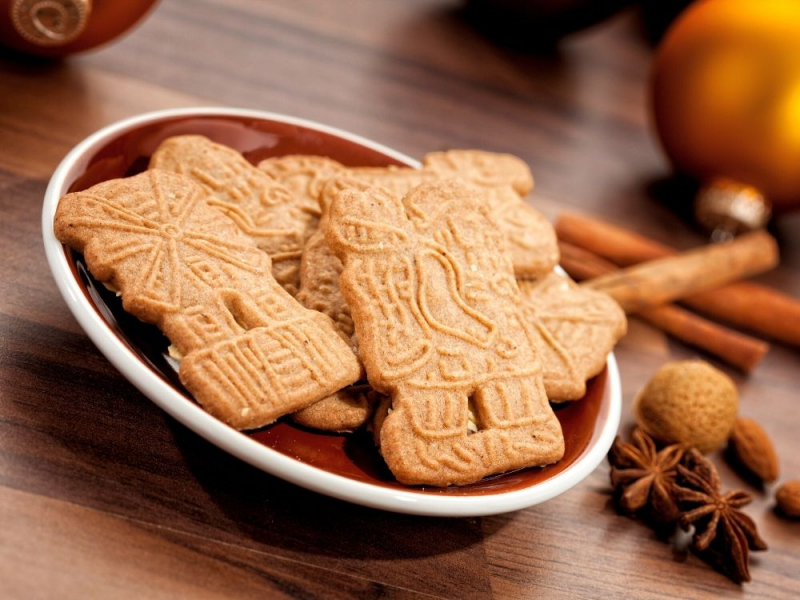
Photo: My Golden Pear Video: Joy of Baking -
This one-of-a-kind, skinless, deep-fried sausage is a popular snack in Belgium and the Netherlands. There has long been debate over whether frikandel is originally Belgian or Dutch, and while the exact origin of frikandel is unknown, the dish first appeared in the 1950s.
The original frikandel sausage was made from a variety of meats, the most common of which were pork, chicken, and horse meat. However, because eating horse meat is sometimes considered taboo these days, most manufacturers removed it from their recipes. It's usually served plain, with a dollop of mayonnaise on the side.
It can, however, be served as broodje frikandel, in which the sausage is served in a white bread bun, or as frikandel speciaal, in which the sausage is sliced through the middle and slathered with mayonnaise, curry ketchup, and finely chopped onions.
Frikandel can be found in a variety of snack bars and friteries across Belgium and the Netherlands.
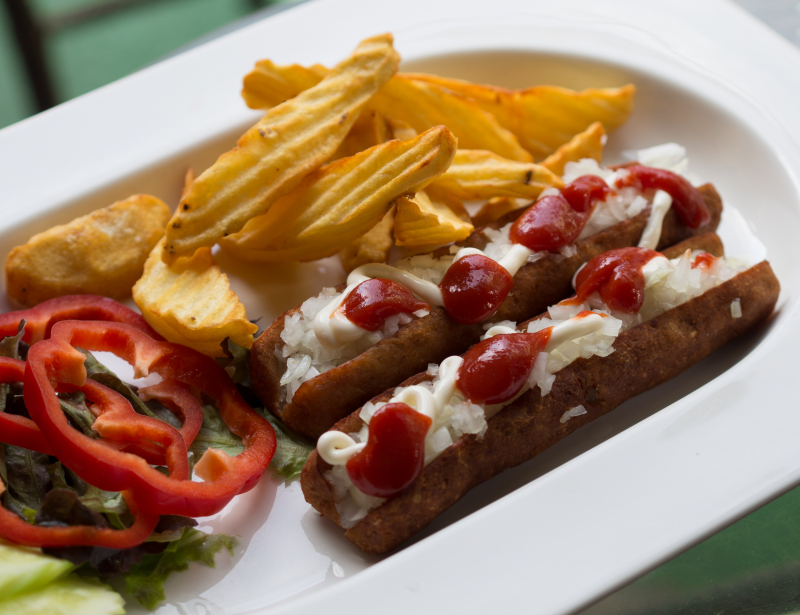
Photo: Wikimedia Commons Video: The Gourmet Gambit -
Waterzooi is a creamy-textured traditional Belgian seafood stew. It's made with julienne-sliced vegetables, an egg, and a cream-based soup. The dish originated in Ghent, and according to popular belief, the rivers surrounding the city were abundant in fish, so the dish was invented as a novel way to incorporate fish into traditional Belgian cuisine.
However, due to the decline in fish population and pollution, this dish has been reinvented, and it is now commonly prepared with chicken. Although it can be found in other Belgian regions and cities, Ghent has specialized in its preparation, and there are numerous restaurants throughout the city that serve waterzooi as their signature dish.
It is typically served with crusty French bread and garnished with chopped parsley or chervil.
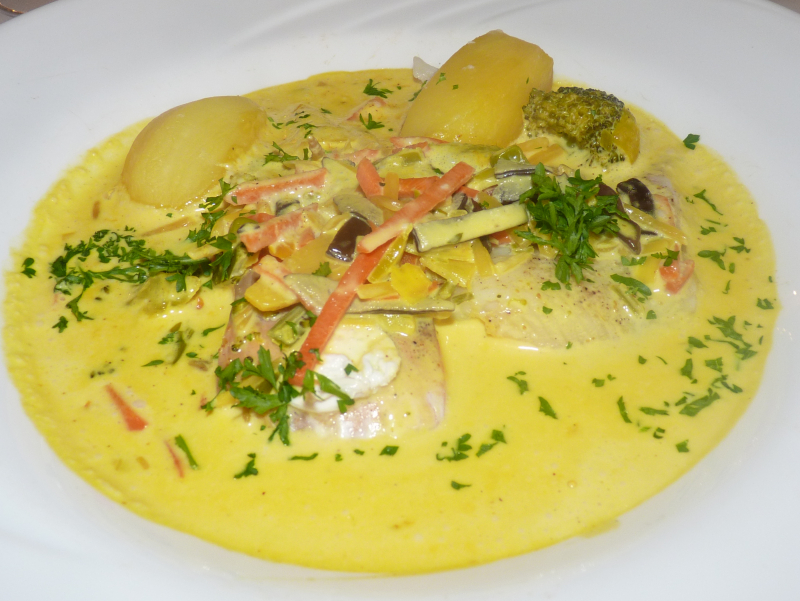
Photo: Wikipedia 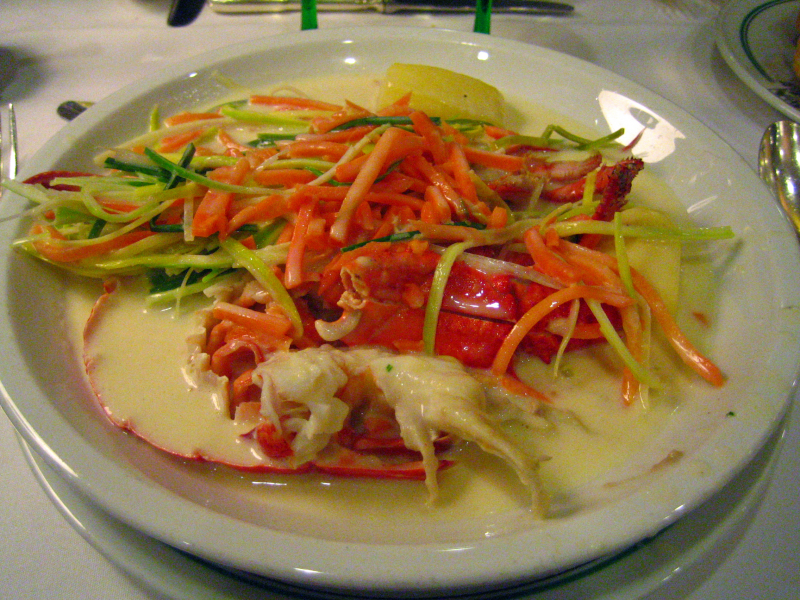
Photo: Wikipedia -
Mitraillette is a Belgian sandwich that is thought to have originated in either Brussels or Wallonia, the country's French-speaking region near the French border. The sandwich is made up of a long baguette stuffed with french fries, fried meat, and some kind of sauce.
Almost every friterie in Belgium has its own version. Meats range from meatballs and steaks to hamburger patties and frikandel, with sauces such as mayonnaise, béarnaise, ketchup, and garlic sauce. Some friteries serve it with carrots, cabbage, caramelized onions, lettuce, and tomatoes, while others serve it plain.
Mitraillette is a popular post-night out snack, and the name means "submachine gun," possibly referring to the baguette as a gun, with the french fries acting as bullets. The sandwich is known as l'américain in northern France, referring to the resemblance between mitraillette and American overstuffed burgers.
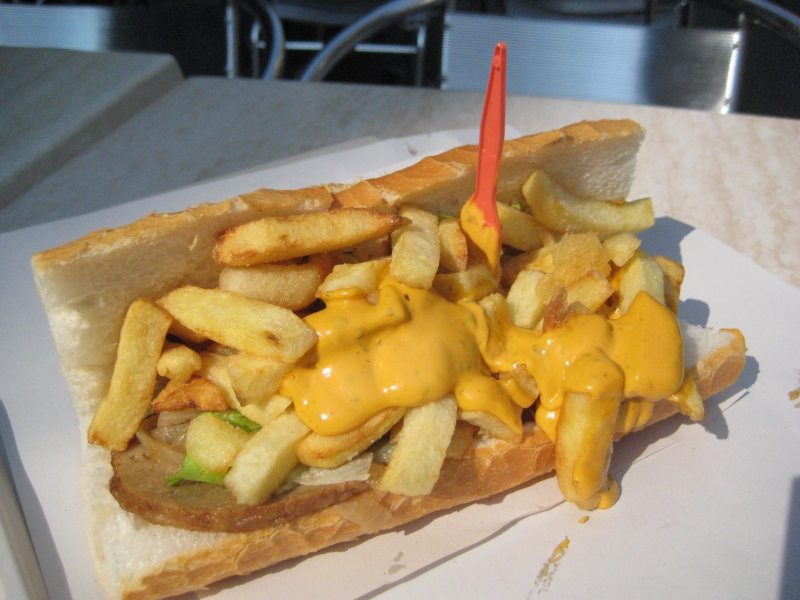
Photo: Wikipedia 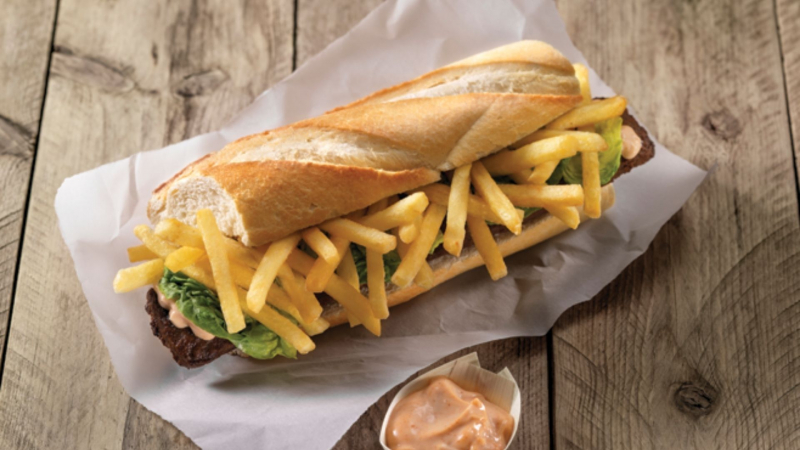
Photo: Farmfrites -
Stoemp, a potato-based side dish, is one of Belgium's most popular dishes. It is made up of mashed potatoes that have been enhanced by the addition of other vegetables such as carrots and leeks. They are boiled or fried before being combined and puréed with mashed potatoes.
Fried onions, shallots, bacon, and various herbs are all optional ingredients. Stoemp has been a part of Belgian cuisine since the 19th century, and it is thought to have evolved during hard times when meat was scarce and leftover food was used to create new, tasty meals.
Stoemp can now be found in many Belgian restaurants, but it is also traditionally made at home to accompany the main course. Belgians prefer to eat stoemp with sausages, but it is also commonly served with chicken, pork, lamb, and even meatballs.
This hearty side dish goes well with a glass of fine Belgian beer.
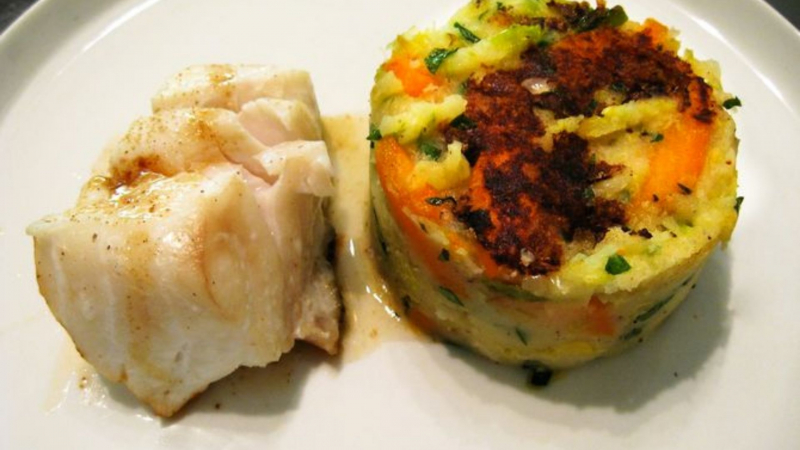
Photo: Bazan Travel 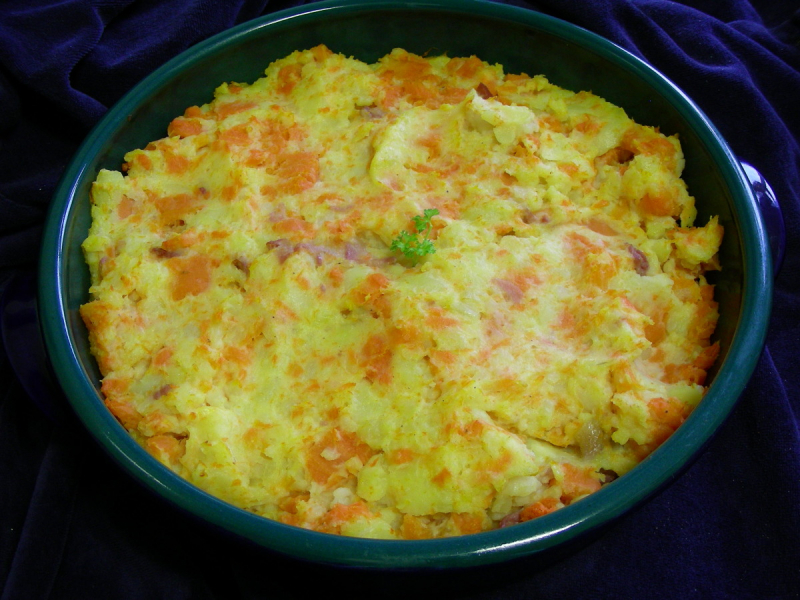
Photo: Food.com














